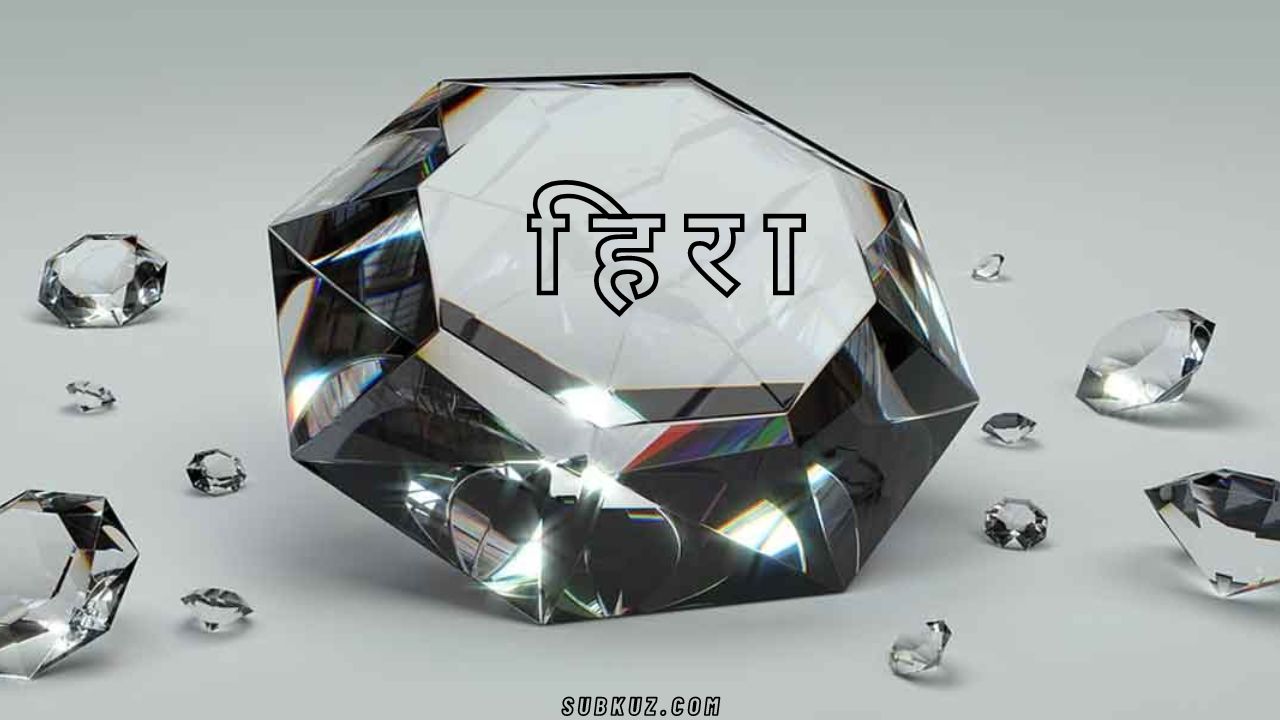Diamonds are a crystalline form of carbon. They are the purest form of carbon and are found in various locations in India, including Golconda, Anantapur, Bellary, and Panna. The source rock for diamonds is kimberlite. Some of the world's famous diamonds include the Cullinan, Hope, Koh-i-Noor, and the Pitt. Diamonds have symbolized regal splendour and luxury for centuries. India has been a centre of diamond trade for millennia. The Romans even referred to them as "tears of the gods." While India is no longer a major diamond-producing country after the 1700s, diamond mining continues there. In 2013, major industrial mines and numerous smaller mines in India produced only 37,515 carats of diamonds, which was less than one-tenth of one percent of the world's production that year.
Many believe that the world's first diamond was discovered in the sparkling sands of the Golconda region (modern-day Hyderabad) in India, around 4000 years ago. The industrial city of Surat in western India processes over 92% of the world's diamonds, providing employment to nearly 500,000 people.
What is a Diamond?
A diamond is a transparent gem, chemically the purest form of carbon, containing no impurities. If a diamond is heated to 763 degrees Celsius in an oven, it burns into carbon dioxide, leaving no ash. Thus, a diamond is 100% carbon.
Diamonds are chemically inert and insoluble in all solvents. Their specific gravity is 3.51.

Why are Diamonds so Hard?
Diamonds are exceptionally hard because all the carbon atoms are bonded together by extremely b covalent bonds. Diamonds are the hardest naturally occurring substance. All four electrons of each carbon atom participate in the covalent bonds, and no electrons are free; this makes diamonds a poor conductor of heat and electricity.
Where are Diamonds Formed?
Scientists believe diamonds are formed deep within the earth, approximately 160 kilometers below the surface, in extremely high-temperature environments. Volcanic activity brings them to the surface. They can also be created by the collision of planets or celestial bodies. Diamonds form when carbon atoms arrange themselves in a unique structure under immense pressure and temperature.














